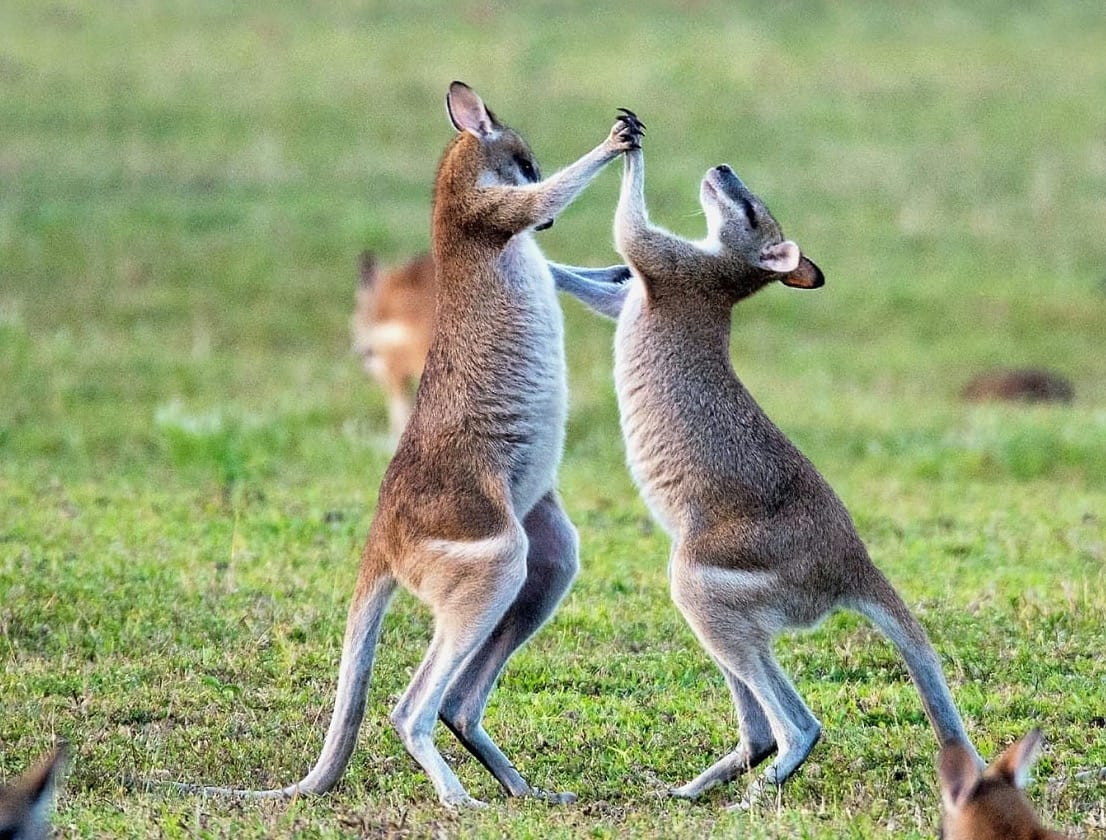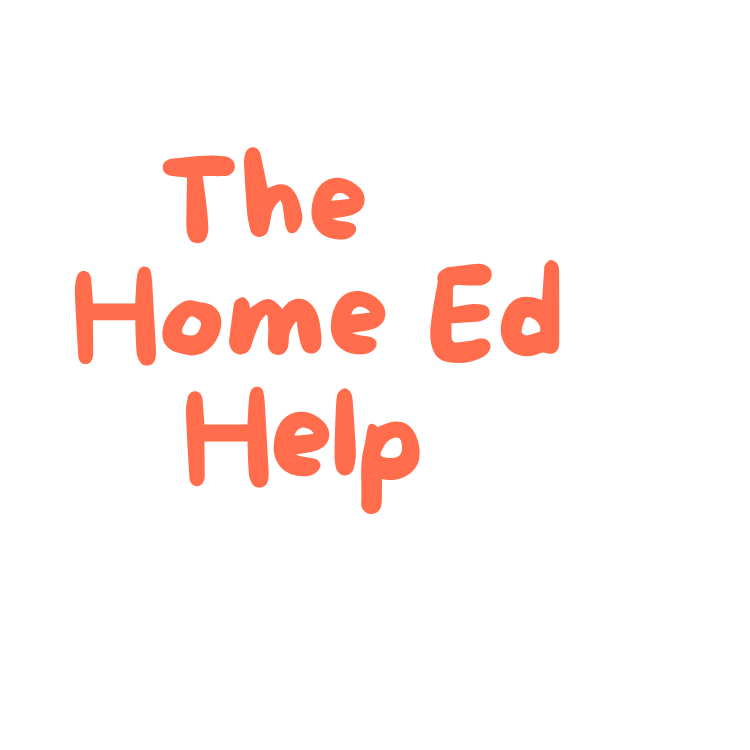When I talk to home ed families, it's clear that most parents know what they want for their kids and why they're choosing this path. But it's the how - the everyday reality - that often feels like the biggest hurdle. Feeling confident about the details is hard when there's so much choice, so many opinions, so much advice - and so much uncertainty; perhaps more so now than ever before.
Maybe a nice, orderly plan covering all subjects sounds appealing - but you find it often ends in groans and pushback. Or maybe you’re fully on board with unschooling, yet still nervously wonder if it's normal for 'self-directed learning' to look like endless Lego building.
So where's the sweet spot? The point where you're feeling good about things - and they are too. The point where you're not micromanaging, taking away their independence and being groaned at, but also don't feel as though you're stepping so far back that it makes you uneasy.
How do we give our kids autonomy, while giving ourselves the reassurance that we're not closing off any doors to them - and that we're helping set them up for the best possible chance of success, whatever that might look like in the future?
The Dance of Home Education

It’s easy to fall into the trap of thinking you need to find the right method – the one that will “fix” everything. You can often feel like you should be following a particular philosophy, and end up forcing an approach that isn’t a good fit for your family.
We’ve been through many approaches over the years. We started out with a structured nature curriculum, only to find that my son was far more interested in the nature happening right in our own garden. Unschooling has been freeing and eye-opening, although I won’t pretend the uncertainty and uneven pace haven’t been challenging at times. We also explored the classical approach with its richness and exposure to great ideas, but its formal methods can sometimes feel counterproductive to curiosity-driven learning. These are just a few examples of things we've tried. So where does that leave us?
Well, where we are now feels like the sweet spot, but it’s taken years of experimenting to get here. I've let go of the ‘ideal’ home ed approach and focused on what actually works for my kids and us. Sometimes that looks like weeks of self-direction - the kids diving into a project or deep play that takes up hours, or me noticing what interests them and bringing in new ideas to explore together. At other times it’s more academic, with workbooks and activities, especially when it feels like they need a bit of extra inspiration.
But what it doesn’t do is compromise on the things that are important to us; things like consent-based learning, our own individual needs and our values.
You see, home ed is like a dance. It isn’t a fixed, step-by-step way of doing things. You need to stay closely tuned in, keep the connection strong and respond to your kids’ rhythm, cues and energy – as well as your own! Some days you might lead when it feels natural to do so, other days it’s all them, and you may have very little input.
What’s truly powerful is recognising that everyone learns differently. Some of us thrive when we're guided by a passionate teacher or given a structured activity, while others prefer to explore independently and figure things out for themselves. Often it’s a mix of the two, and that mix can change depending on the subject, the day or even just the mood.
If you push your ideals too much without looking at the child and circumstances in front of you, or if you choose fear of progress over connection, then learning becomes tricky – it’s a whole system at play here that works together.
💡 I explore this whole topic in more detail in my series: A Learning Environment That Works. It’s not a guide on creating the perfect ‘home ed room’ or buying the best resources (these come way down the list – and you really don’t need that many); it’s about bringing the different elements of learning together:
💚 Getting to know how your child really learns best.
💚 Prioritising your relationship with them.
💚 Creating the right conditions for learning.
💚 Finding practical ways to bring learning into the everyday so it doesn’t feel like a daily struggle.
💚 Recognising how your own learning and growth impact your kids.
When you work on getting this part down, the learning has space to emerge more easily, and you may be surprised by the opportunities that open up.

